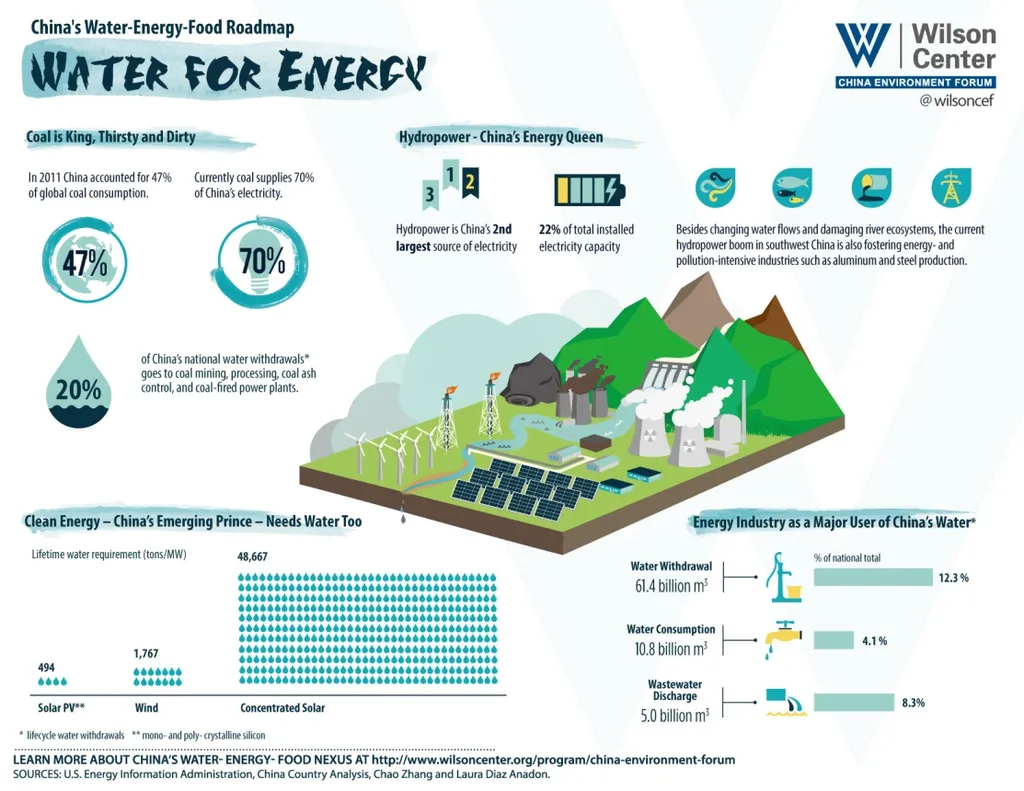In the heart of China’s hilly regions, a groundbreaking study is reshaping how we understand and manage water resources, with significant implications for the energy sector. Led by Su-duan Hu of the Langfang Integrated Natural Resources Survey Center, part of the China Geological Survey, this research delves into the intricate dynamics of water quality and water resources carrying capacity (WRCC) in small watersheds, offering a blueprint for sustainable water management.
The study, published in the Journal of Groundwater Science and Engineering (《地下水科学与工程》), focuses on Pingquan City, a typical watershed in northern Hebei Province. Hu and her team employed a varying fuzzy pattern recognition (VFPR) model to evaluate water quality and WRCC at the sub-watershed scale. This innovative approach allows for a dynamic assessment that captures the complexities of water resource systems.
“Our goal was to provide a scientific basis for refined water resource management and ecological conservation,” Hu explained. The results are promising. The average comprehensive evaluation scores for surface water and groundwater quality in the sub-watersheds were 1.44 and 1.46, respectively, indicating that both met the national Class II water quality standard. This reflects a high-quality water environment, a crucial factor for the energy sector, which relies heavily on water for various processes, from cooling power plants to hydraulic fracturing in oil and gas extraction.
From 2010 to 2020, the region’s WRCC steadily improved, with scores rising from 2.99 to 2.83 and an average of 2.90. This trend suggests effective water resources management in Pingquan City. However, the study also projects a slight decline in WRCC between 2025 and 2030, reaching 2.92 and 2.94, respectively, relative to 2020 levels. This projection underscores the need for proactive measures to ensure the long-term stability and sustainability of the water resources system.
The implications for the energy sector are significant. As water scarcity and environmental deterioration become increasingly pressing issues, the ability to scientifically assess and manage water resources is paramount. The VFPR model used in this study offers a robust tool for dynamic assessment, enabling energy companies to make informed decisions about water usage and conservation.
Moreover, the evaluation system and spatiotemporal evolution patterns proposed in this study can provide a scientific basis for refined water resource management and ecological conservation in similar hilly areas. This research is not just about understanding the current state of water resources; it’s about shaping the future of water management in a way that supports sustainable economic and social development.
As Hu noted, “Future efforts should focus on strengthening scientific management and promoting the efficient use of water resources.” This call to action resonates deeply within the energy sector, where water efficiency and conservation are increasingly critical. The study’s findings and methodologies offer a roadmap for achieving these goals, ensuring that the energy sector can continue to thrive while minimizing its impact on precious water resources.
In an era of climate change and growing water demands, this research is a beacon of hope, demonstrating that with the right tools and approaches, we can manage our water resources sustainably and responsibly. The energy sector, in particular, stands to benefit from these insights, as it navigates the complex landscape of water usage and conservation.

